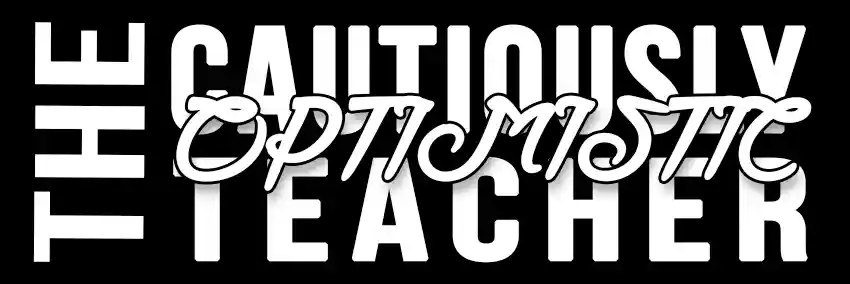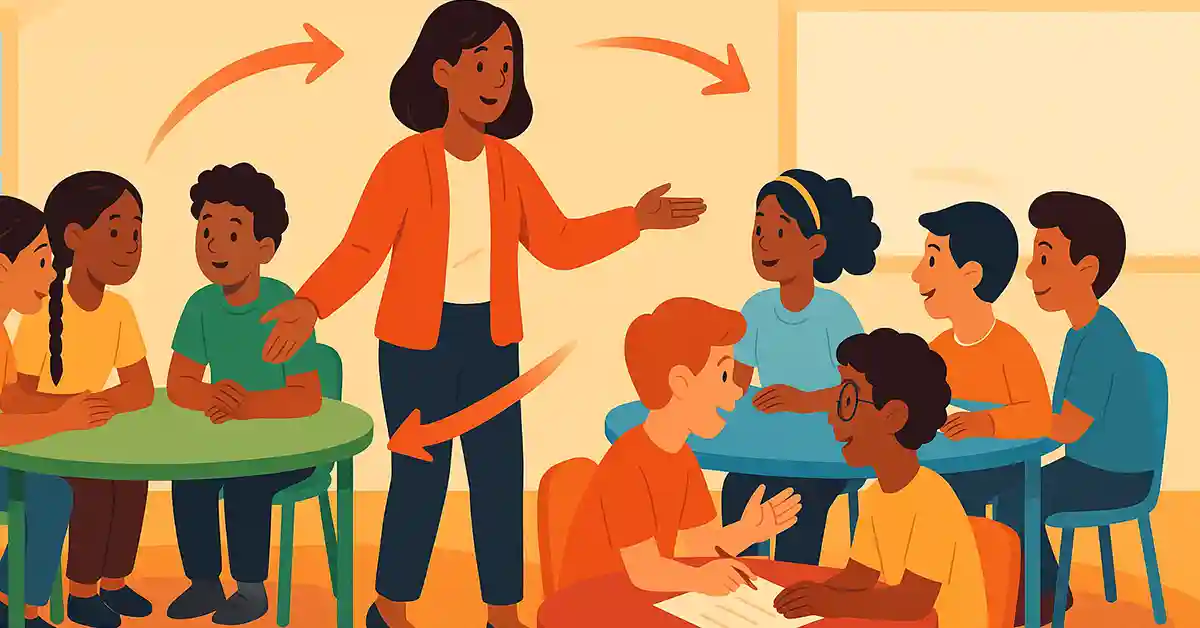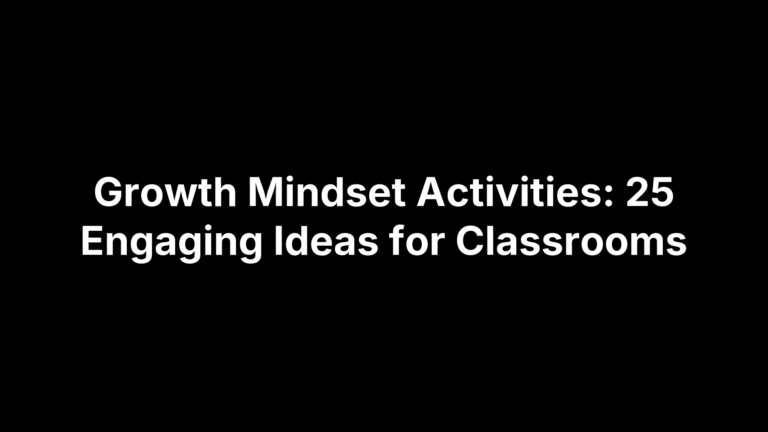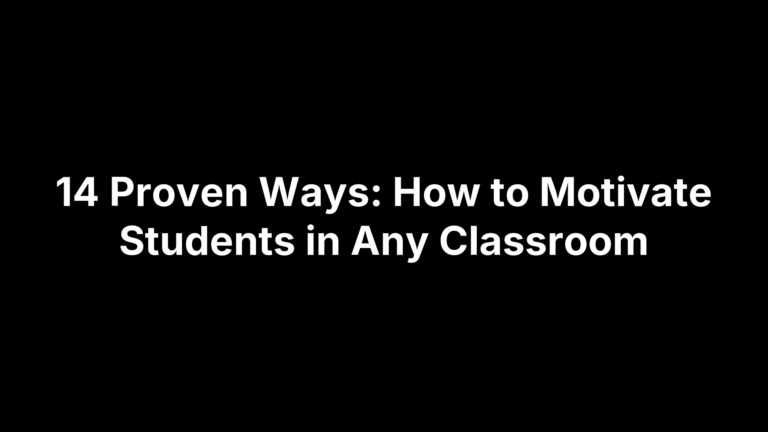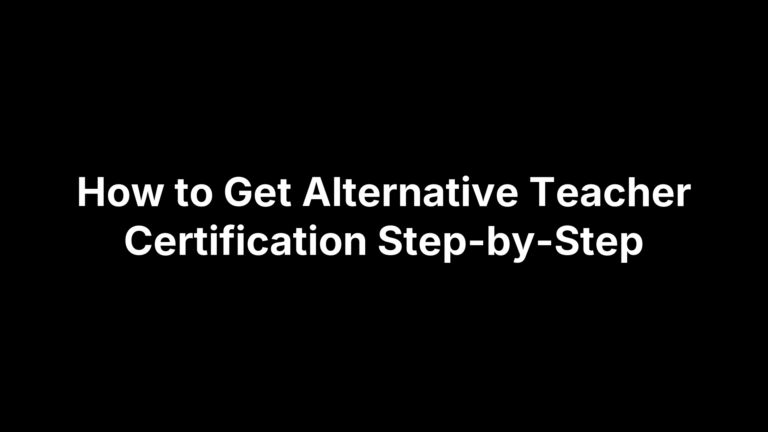Flexible Grouping: A Practical Guide for Teachers
Ever stared at a sea of blank faces during whole-class instruction and wondered if anyone was actually on the same page—let alone the same paragraph? I’ve been there. That’s why I started experimenting with flexible grouping: reorganizing students into temporary, purpose-driven groups that shift as needs change. It felt a bit like classroom Tetris at first, but the payoff was worth the brain-strain.
Below, I’ll break down the research-backed upsides, the realistic downsides, and the practical strategies that keep the benefits high and the headaches low.
What Exactly Is Flexible Grouping?
Flexible grouping is an instructional approach in which students move fluidly among heterogeneous or homogeneous groups based on criteria such as readiness, interest, learning profile, or task requirements. Unlike static ability grouping, these groups are temporary and task-specific—which means nobody’s locked into a label all year.
Typical group types include:
Readiness groups – to reteach or extend a specific skill
Interest groups – to explore a shared passion or inquiry question
Skill-mix groups – to encourage peer teaching and collaborative problem-solving
Random or rotational groups – to build classroom community and communication skills
The Benefits of Flexible Grouping
1. Laser-Focused Differentiation
Because groups are formed around current learning needs, you can pitch instruction right at each student’s zone of proximal development. No more teaching fractions to kids who already aced the unit test while others are still counting pizzas.
2. Increased Student Engagement
Students tend to stay more alert when their group task is tailored to their level or interest. According to a 2023 meta-analysis in the Journal of Educational Psychology, engagement gains average nearly half a standard deviation when teachers rotate grouping structures every one to two weeks.
3. Peer-to-Peer Learning Power
A well-mixed group lets confident students reinforce understanding by teaching concepts to classmates, while less-confident students get just-in-time clarifications in kid-friendly language. Win-win—and empirically linked to retention boosts.
4. Classroom Community & Empathy
Because group membership changes frequently, students work with a wider range of peers. Over time, this chips away at cliques and fosters empathy (“Wow, I never knew Jamie was so good at explaining metaphors!”).
5. Formative-Assessment Feedback Loop
Flexible grouping forces us to keep a close eye on progress data; when I reshuffle groups, I’m essentially running a mini-diagnostic on who’s thriving and who’s struggling. That, in turn, tightens my formative-assessment game.
The Drawbacks
1. Logistical Headaches
Grouping, regrouping, and managing materials can feel like directing airport traffic during a snowstorm. Without tight routines, you’ll lose precious instructional minutes.
2. Potential for Stigmatization
Even temporary “struggling-learners” groups can feel like scarlet letters if classmates notice patterns. Students are quick to decode who’s in the “fast” group versus the “fix-it” group unless we camouflage the purpose.
3. Preparation Overload
Creating leveled tasks, formative checks, and rotation schedules adds planning hours. On a week with two staff meetings and a fire drill, something’s gotta give—and it’s usually my sleep.
4. Assessment Misfires
If your data snapshot is outdated or based on a single quiz, you risk misgrouping kids. Bad data in, bad grouping out. The result? Frustrated students wondering why they’re reviewing material they mastered last month.
5. Classroom-Management Challenges
Multiple groups working on different tasks means higher noise levels and more moving parts to supervise. Without clear norms, chaos has a way of banging louder than learning.
Seven Strategies to Max Out the Benefits & Minimize the Pain
Start Small
Dip your toes with one subject or one day per week. Master the logistics before scaling up.Use Visible, Real-Time Data
Running records, exit tickets, or quick digital quizzes keep you from placing students using last unit’s scores.Rotate Purposefully
Build a predictable rhythm—e.g., Monday skill groups, Wednesday interest projects, Friday random review. Routine beats confusion every time.Camouflage Support Groups
Name groups after planets, superheroes, or book characters rather than levels. Students shouldn’t decode their rank at a glance.Teach Collaboration Skills Explicitly
Role cards (facilitator, recorder, presenter) and sentence stems (“I respectfully disagree because…”) prevent one student from steamrolling the rest.Streamline Materials
Color-code folders or use digital hyperdocs so each group grabs (or clicks) what they need without a scavenger hunt.Plan a Whole-Class Debrief
Five-minute share-outs let students reassemble, celebrate new insights, and hear information from other groups—closing the learning loop.
My Flexible Grouping Toolkit (Quick Hits)
Digital exit tickets for on-the-fly readiness checks
Sticky-note seating charts that let me reshuffle in 30 seconds
Timer projected on the board to keep transitions snappy
Group norms poster we co-created on day one—refer back to it constantly
Reflection journals so students can voice which setups help them learn best
When Flexible Grouping Might Not Be the Answer
High-stakes performance tasks where consistency outweighs novelty
Very short class periods (e.g., 30-minute electives) where transition time eats the lesson
New-to-school classes still building trust; start with community builders first
Remember: flexible grouping is a tool, not a mandate. Use it when it serves the learning goal; holster it when it doesn’t.
Conclusion: Flexibility Without the Flop
Implemented thoughtfully, flexible grouping transforms the one-size-fits-few lesson into a dynamic, student-responsive experience. Yes, you’ll juggle extra prep and a bit more noise—but the dividends in engagement, differentiation, and classroom community are hard to beat.
My litmus test? When students beg to stay in their discussion group even after the bell rings, I know the juice was worth the squeeze. Give flexible grouping a try, tweak relentlessly, and watch your classroom morph into a place where every learner finds the right seat at the table—at least until next Tuesday’s regroup.
